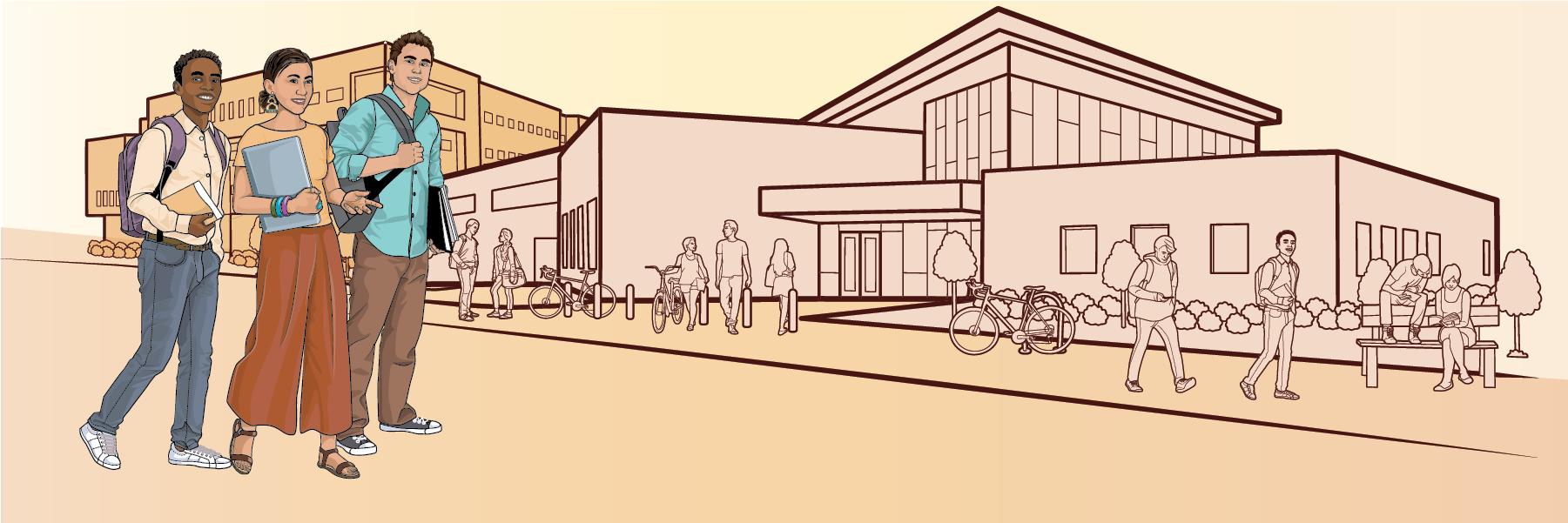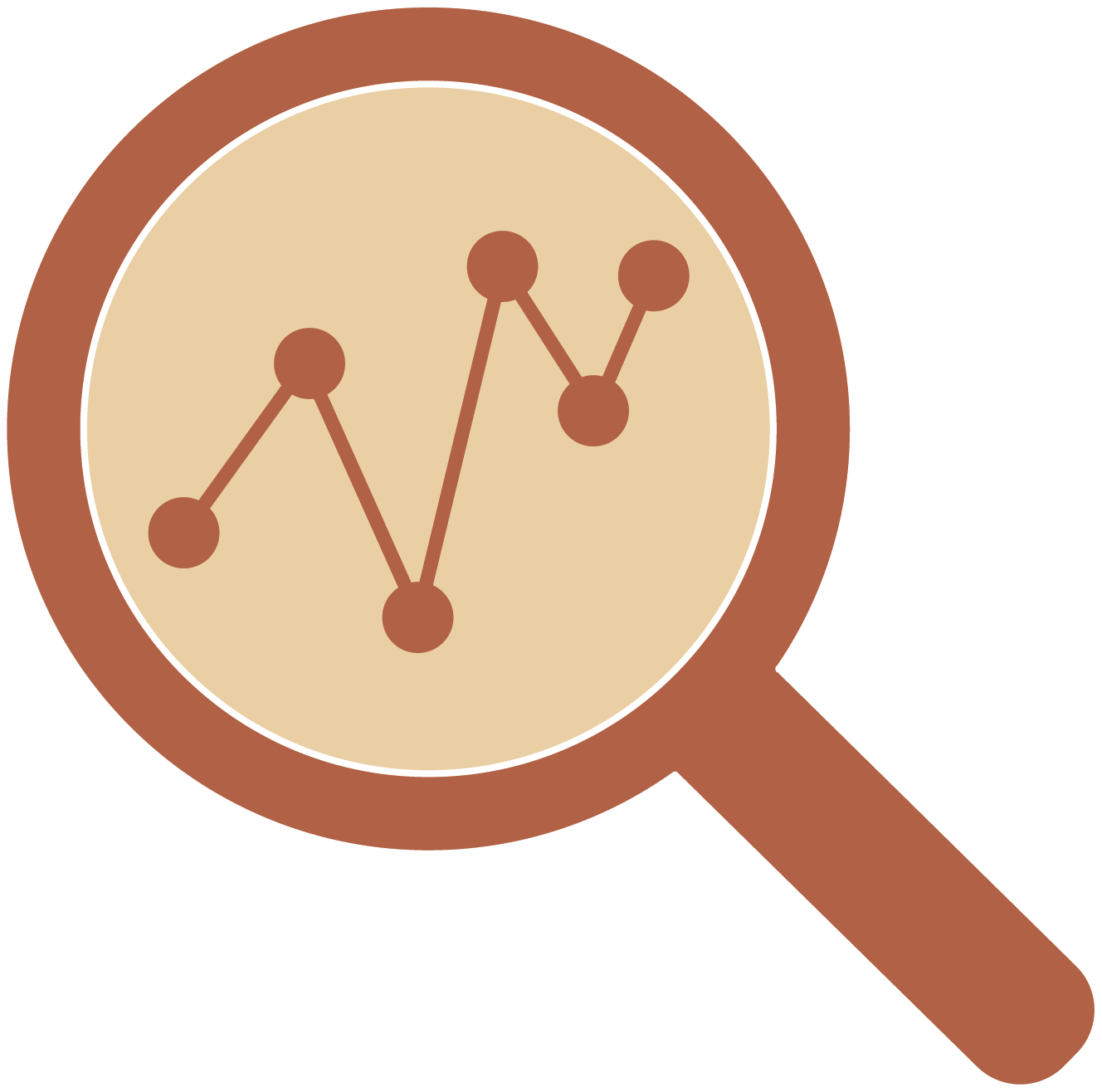A Guide to Getting Started
Look around
Gather your data
Engage your team
Sample activities
DOWNLOAD THE GUIDE (Coming Soon!)
1. Look Around: FYE Self-Assessment
STEP 1:
Take Inventory--When assessing your starting place with developing a scaled first year experience that ensures all first year students are connected and empowered, have opportunities to explore academic programs and careers, and have the support they need to be successful, you can start by taking inventory of the learning community and first year experience programs that you have at your college.
STEP 2:
Clarify gaps--Next identify gaps in existing FYE programs at your college both in the key components as well as in the students served. Identification of gaps will map out where existing programs may need extra support and serve to identify areas of growth so that all students can take advantage of a first year experience program that helps them to feel connected and empowered, to explore the academic and career opportunities, and to access support they need to be successful.
2. Gather Your Data
Course-taking patterns for first year students
Key class times for first year students
Retention and success data for student in existing Learning Communities
SEA data for FYE programs that are closing achievement gaps
Student focus groups
3. Engage Your Team
Whom should you include?
Counseling and Instructional Faculty
Program staff from existing learning communities and first year experiences
Classified staff from A & R, Outreach, EOPS, Financial Aid, and Counseling
Deans overseeing Student Development
How do we get started?
Start with your self-assessment and data to develop an understanding of the problems or barriers students face in the onboarding process.
Schedule regular meetings to provide time, space, and energy to understand the barriers students are facing with onboarding at your college and to develop creative solutions that meet students at their starting point.
Explore questions in groups that can lead to ideas for solutions. Here are some questions to get you started. You can use these with the “How might we…” questions you developed in your self-assessment.
How can we support students in exploring their interests and how they align with opportunities at the college?
How might we build opportunities to connect and build community for students not involved in special programs? What about for night and online students?
How can we create continued engagement and excitement in learning and in being part of the college community?
How might we ensure every student is supported as they move through their first year?
How might we ensure students are getting the information they need in a just-in-time manner?
4. Sample Activities
Sample Activity 1: Leveraging Existing Infrastructure
Look to retention programs in your college that already have a successful FYE program and consult with those programs to work on a scaled model
Sample Activity 2: Keeping Students at the Center
Model your first year support program around group-created student profiles, using "How Might We" questions







